We humans thought we lived in an adamantine world controlled by us, until an invisible contagion microbe – the Coronavirus – showed us all we obviously don’t. The virus is killing humans harder and faster than any missile across the planet, halting an extremely self-serving, consumerist world, dead in its Earth-abusive tracks. The Earth seems to have quit us, albeit temporarily, leaving us to quarantine in our designated spaces and countries for a while – a while that feels more like an infinite uncertainty than a finite timeline with each passing day.
For those of us who are fortunate enough to have a home to quarantine in, and socially distance ourselves from our families in separate rooms, with running water, food and the familiar warmth of our beds – it is an ineffable bespoke luxury, one that is incomparable to any in the world. Millions of our fellow humans across are homeless, with no roof over their heads, jobless with no money for food or clean running water to drink, let alone to sanitize and wash their hands with, multiple times a day.

Opera singer Andrea Bocelli looks on before his Easter concert at the Duomo on April 12, 2020 in Milan, Italy. Members of the public were not allowed in Milan’s Duomo Cathedral due to the ongoing lockdown to control the coronavirus outbreak. (Photo by Luca Rossetti, Courtesy Sugar SRL, DECCA Records via Getty Images)
I think the Coronavirus outbreak is the biggest performance art show of all time, where all human beings are a live act, me included, going about our lives in our tangible spaces and our paces. And, the world – a large canvas of pristine natural beauty and sounds stands still, watching us – the performative art on display. The lockdown takes me back to the first ever performance art exhibit I attended in the Hamptons in New York in 2013. It was Robert Wilson’s 20th Annual Watermill Center Summer Benefit called Devil’s Heaven. This was held at his performance lab for arts and humanities at the Watermill Center in Long Island. Devil’s Heaven was an unimaginable reality for me, with Lady Gaga, who I think is the quintessence of performance art herself and Marina Abramović, the most lasting of all performance art legends, in attendance.
Watching the various intense acts of stillness and exertion across the eight acre grounds, especially Trina Merry’s Magnolias and her Enchanted Forest silent performers slithering seductively around tree trunks, left me awe-struck, and wide-eyed. At the entrance of the event, two naked figures, stood statuesquely on a pedestal, embracing each other in silence, in glorious consonance, their male and female bodies painted with an almost Avatar-esque shade of teal with a pink floral design akin to the Indian lotus. This was Merry’s Magnolias that explored the clash between culture and nature – exactly what we are experiencing in the real world today.

Trina Merry’s Magnolias at Robert Wilson’s Devil’s Heaven at the Watermill Centre, Long Island, New York. (Photo by ©Rubina A Khan 2013)
The Earth’s revolt – a silent warzone of microbial and economic devastation – has the human race feeling endangered for the very first time since its existence. Some of the models’ bodies, painted on to look like furniture, further conflated with material objects on the performer’s naked bodies, was Merry’s way of questioning human self-identities in relation to objects and the things humans own. Consumerist attitudes and human identities based on material things was almost entirely how the world ran before the Coronavirus outbreak. Merry seems to have latently manifested today’s unthinkable reality when it was anything but, seven odd years ago, when she created the series in New York, where she is based. Her artistic expression is a dominant, painful reality today and she flipped Oscar Wilde’s ancient notion from Life Imitates Art more than Art Imitates Life into Art Forsees Life perhaps! Never did I think, ever, that I would be living out my own performance act of a lifetime in these times. And, I am a non-conformist.
Art has always provoked us into a reactive state – be it shock, rage, bewilderment, exultation, agony, poignancy, exhilaration or just good ol’ gladdening. The Earth seems to have taken a break from us humans, to catch its own breath, whilst we are coming to terms with a new world – one that is brought to us by the eyes and the lenses of photographers across the world. Photography is art, frozen in time – almost like an entr’acte between the time when the photograph was taken to the current time of its viewing. Except today, all the photographs that we see are in real time of a very unreal, very unknown world that has fallen deafeningly silent and empty. In due course, these pictures will make for a historical archive for centuries to come.
The ability of a photograph to let one’s mind go back and forth, with meandering thoughts and shifting perspectives, never once losing the original, intrinsic essence of its frame is incredulous – it can be as active and as passive as you want it to be. Reel life is what’s real today. Apart from our first responders being doctors and health care workers who are on the front lines saving lives, it is the photographers who are risking their lives to bring the world to us, every single day. Images of empty streets and subways, empty places of worship, planes parked like Lego blocks in airport hangars, images of the heroic, live-saving first responders across the world from Wuhan to Italy to India to the US… are a reality thanks to the photographers out there, doing their job relentlessly, and serving humanity.

An aerial view of the illuminated statue of Christ the Redeemer that reads “Thank you” as Archbishop of the city of Rio de Janeiro Dom Orani Tempesta performs a mass in honor of Act of Consecration of Brazil and tribute to medical workers amidst the Coronavirus pandemic on April 12, 2020 in Rio de Janeiro, Brazil. (Photo by Buda Mendes/Getty Images)
Mumbai-based photographer, Satyajit Desai’s imagery of the Janta Curfew in India on March 22nd to the stark containment zones in Worli after Mumbai’s lockdown from March 25th to the make-shift quarantine shelters in bus stands tells you the story of my city, and how the virus is affecting our lives, and our livelihoods, wherever you might be in the world.

A bus stand in Versova, Mumbai, is converted into a temporary shelter for the homeless to quarantine and social distance in on April 5th, 2020. (Photo by Satyajit Desai / Mumbai Mirror)
SL Shanth Kumar’s shots Mumbai’s pride, the Queen’s Necklace, our Marine Drive – the most beautiful stretch of concrete, that languidly hugs 3.6kms of the Arabian Sea’s shoreline are breath taking. Gary Hershorn’s pictures of an empty Times Square and a lone Brooklyn Bridge in New York seem like the people have been photo-shopped out of it. Ollie Millington’s shots of the Shard skyscraper in London, lit up in blue in thanks and support of the National Health Service of the UK on March 28th as well as images of all landmarks in the US lighting up in blue from Boston to Vegas to thank their healthcare workers speak volumes of the intense work being done to contain the catastrophic virus everywhere.

TD Garden is lit in blue on April 09, 2020 in Boston, Massachusetts, to show support for health care workers and first responders on the front lines of the coronavirus pandemic. (Photo by Maddie Meyer/Getty Images)
Right from the handout photo provided by Buckingham Palace of Queen Elizabeth II addressing the nation from Windsor Castle on April 5th in a special broadcast to the United Kingdom and the Commonwealth nations pertaining to the virus outbreak to Abdel Ghani Bashir’s sombre image of the Kaaba in Mecca, Saudi Arabia, devoid of any human life and movement, on March 5th is very telling of the Earth and the Universe calling time on humans.

Queen Elizabeth II addresses the United Kingdom and the Commonwealth in a special broadcast in relation to the Coronavirus outbreak at Windsor Castle on April 5, 2020 in Windsor, England.(Photo by Buckingham Palace via Getty Images)

The white-tiled area surrounding the Kaaba, inside Mecca’s Grand Mosque, empty of worshippers on March 5th, 2020. Saudi Arabia emptied Islam’s holiest site for sterilisation over fears of the new coronavirus, an unprecedented move after the kingdom suspended the year-round umrah pilgrimage. (Photo by Abdel Ghani Bashir/AFP via Getty Images)
Lillian Suwanrumpha’s pictures of new-born babies in Bangkok, Thailand wearing mini face shields are as endearing as they are frightening of a new world, of a new reality upon us. The heart-wrenching photos taken by every news photographer, of India’s migrant workers, rendered jobless due to the lockdown, walking miles from cities to reach their homes in their villages tell you the story of India’s divided landscape of the haves and the have-nots – the have-nots that make up for the largest portion of our 1.3 billion people. Unsettling, but devastatingly true.

A newborn baby wearing a face shield at Praram 9 Hospital in Bangkok, Thailand on April 9, 2020. (Photo by Lillian Suwanrumpha/AFP via Getty Images)
Before Corona, advertisers paid top dollar to creative photography for digitally altered images of an empty Times Square or the Eiffel Tower for a fashion model to strike a pose against, but editorial news photography could never ever imagine shooting any architectural or historical landmark in the world, without people milling about in hundreds and thousands. I remember trying to take a frame in Beijing, China, of the Forbidden City without any people in it, and it was exhausting, and next to impossible! I cannot imagine not seeing the world with my own eyes, and I’m ever so grateful to my global community of photographers for bringing the evolving new world to us, at a personal cost to them that’s immeasurably invaluable, and very appreciated. This is art in motion, that’s unfolding every minute and every hour of every new day.

Hagia Sophia and its surrounds are empty during a two-day lockdown imposed to prevent the spread of COVID-19 on April 11, 2020 in Istanbul, Turkey. (Photo by Burak Kara/Getty Images)
Once there is some semblance of the familiar to our new world that none of us have any inkling of right now, there are some things that will have changed forever, that we will be seeing through the eyes of photographers and their cameras yet again. For instance, a picture of two people shaking hands or kissing in public will be a coveted, unusual image as will that of aeroplanes taking to the open skies again. We might just feel like one of the Wright brothers when they sent up their first plane into the sky! Public spaces with people jammed in or huddled closely will make for unusual imagery too as will sport stars greeting each other without backslaps and hugs on a playing field when the games come back on. Bollywood’s come hither song and dance routines and Hollywood’s sex sequences will smack of sanitized physicality at its creative best, or worst, we don’t know. Personal space will be big on behavioural social etiquette amongst the human race, and it will be a prized priority that will dictate relationships at home, and at work.

Grounded British Airways planes at Cardiff Airport on March 25, 2020 in Cardiff, United Kingdom due to the coronavirus pandemic. (Photo by Matthew Horwood/Getty Images
We stand stripped of our acquired behavioural nuances, our excessive indulgences, our obsessions with power and control and in the adorning of our external selves, in our raw, bare skin – bereft of any mask, in our private spaces. This reaffirms that we are all the same, never mind if you’re black, white or brown – if you are human, then you’re a locked target for the virus. We need to stop saying that we are stuck at home, and wonder when life will go back to normal because firstly, how can you feel stuck or bored in your chosen space that you call home, that you have nurtured over the years to make it a home, and secondly, life is never going back to what is was – it’s like wishing we could go back to our babyhood and giggle and gurgle at inanities with our parents. The world pre Corona has ended as we knew it, and we will all emerge as one human race, altered forever in world that will have evolved since the first outbreak, whenever that might be.
NOTE: The photograph of the Versova quarantine shelter for the homeless in Mumbai shot by Satyajit Desai (Mumbai Mirror) have been used only after procuring rightful editorial consent and permissions.





 The Mahalaxmi race track’s elite equestrian play has witnessed regal heads of state like Queen Elizabeth II of England attending its racing calendar in 1961, as also the Shah of Iran and the King of Saudi Arabia. The Mahalaxmi racecourse is of the essence in the architectural narrative of Mumbai, and the equestrian legacy of India. Founded in 1800 by Sir Charles Forbes, G. Hall, A. Campbell and P. Haddow as the Bombay Turf Club in the Byculla Club Grounds, it went on to being renamed the Western India Turf Club in 1864. But it was only when philanthropist and industrialist Sir Cusrow Nowrosjee Wadia donated 225 acres of land to the Western India Turf Club in 1878 and advanced an interest-free loan to the club to build the racecourse and grandstands, that it was built under the direction of Major J E Hughes, and horse racing shifted to its current and permanent home in Mahalaxmi in 1883. HRH King George V, the then Emperor of India, allowed the club to add the prefix ‘Royal’ to its name in 1935.
The Mahalaxmi race track’s elite equestrian play has witnessed regal heads of state like Queen Elizabeth II of England attending its racing calendar in 1961, as also the Shah of Iran and the King of Saudi Arabia. The Mahalaxmi racecourse is of the essence in the architectural narrative of Mumbai, and the equestrian legacy of India. Founded in 1800 by Sir Charles Forbes, G. Hall, A. Campbell and P. Haddow as the Bombay Turf Club in the Byculla Club Grounds, it went on to being renamed the Western India Turf Club in 1864. But it was only when philanthropist and industrialist Sir Cusrow Nowrosjee Wadia donated 225 acres of land to the Western India Turf Club in 1878 and advanced an interest-free loan to the club to build the racecourse and grandstands, that it was built under the direction of Major J E Hughes, and horse racing shifted to its current and permanent home in Mahalaxmi in 1883. HRH King George V, the then Emperor of India, allowed the club to add the prefix ‘Royal’ to its name in 1935.

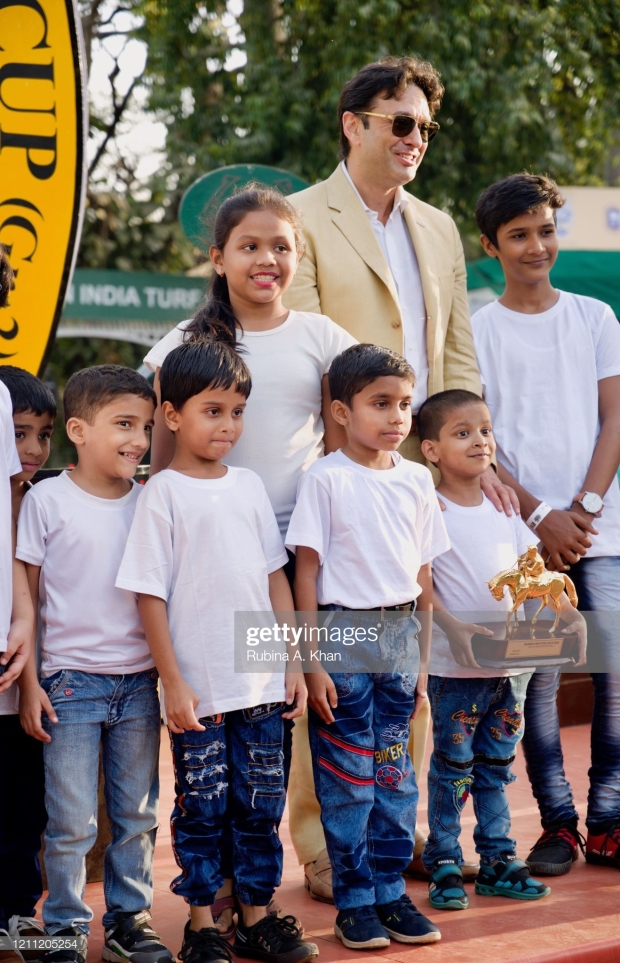
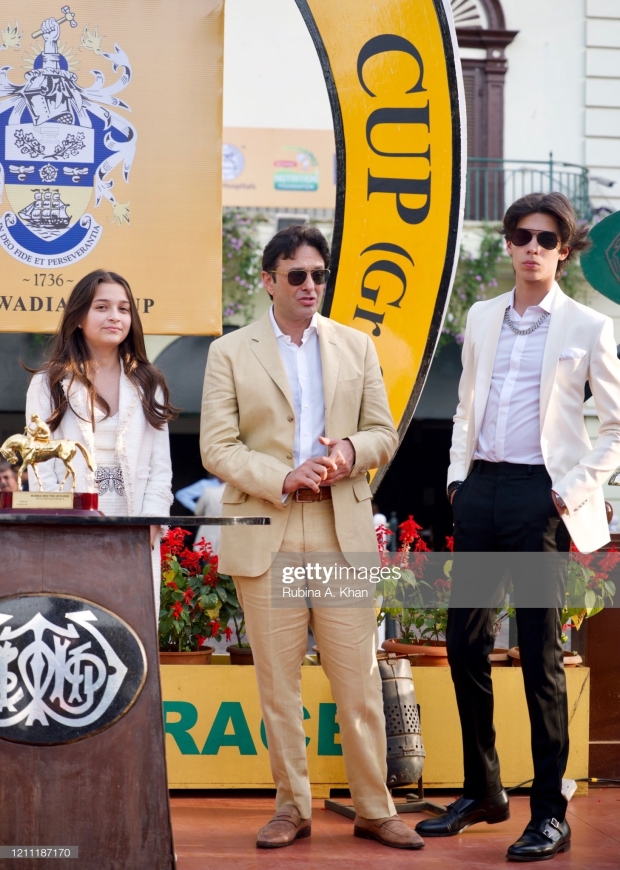

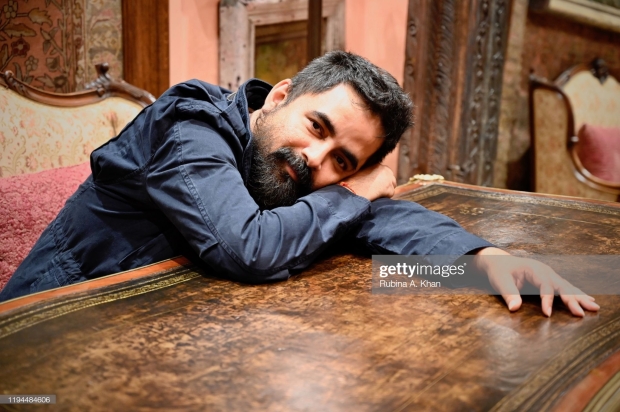 Life-sized giraffes, fresh red roses, vintage artefacts, armoires and furniture in brass and solid wood, glimmering chandeliers, floral carpets, velvet drapes, tchotchke, conversational wall art in Hindi and Arabic make up the grandiloquent design speak of the store, alongside his framed jewelry sketches, Chinese, African and Indian art and design collectibles. In the artistic polarity of it all, the pièce de résistance are the gleaming emeralds, sapphires and rubies that seem to be telling stories of empresses and emperors of sovereign worlds gone by. Lilting American soul plays in the background at Sabyasachi Jewellery, which is in sharp contrast to the melancholic strains of Indian music that waft through his Sabyasachi Calcutta clothing stores across India. Invoking nostalgia is the couturier’s masterstroke, and it works.
Life-sized giraffes, fresh red roses, vintage artefacts, armoires and furniture in brass and solid wood, glimmering chandeliers, floral carpets, velvet drapes, tchotchke, conversational wall art in Hindi and Arabic make up the grandiloquent design speak of the store, alongside his framed jewelry sketches, Chinese, African and Indian art and design collectibles. In the artistic polarity of it all, the pièce de résistance are the gleaming emeralds, sapphires and rubies that seem to be telling stories of empresses and emperors of sovereign worlds gone by. Lilting American soul plays in the background at Sabyasachi Jewellery, which is in sharp contrast to the melancholic strains of Indian music that waft through his Sabyasachi Calcutta clothing stores across India. Invoking nostalgia is the couturier’s masterstroke, and it works.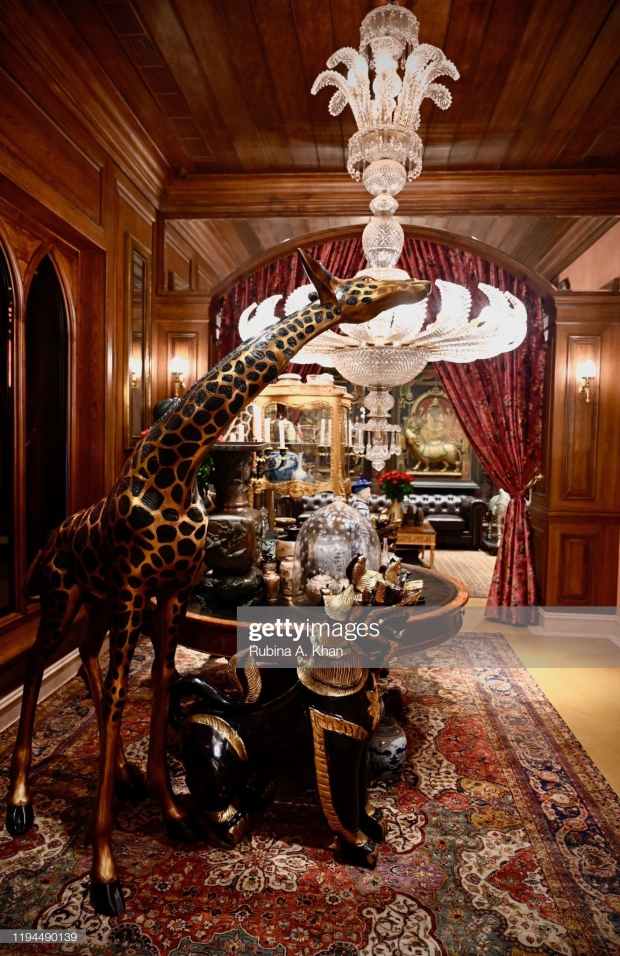
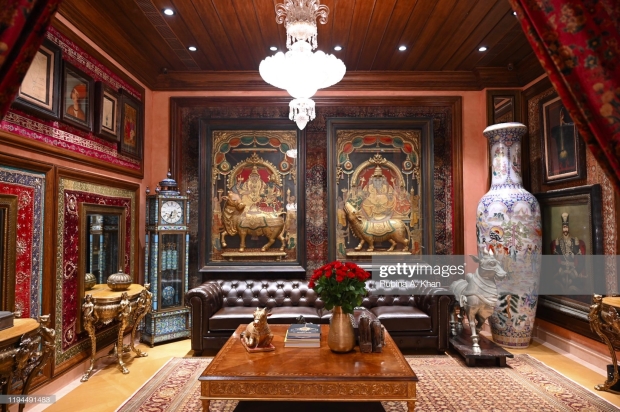
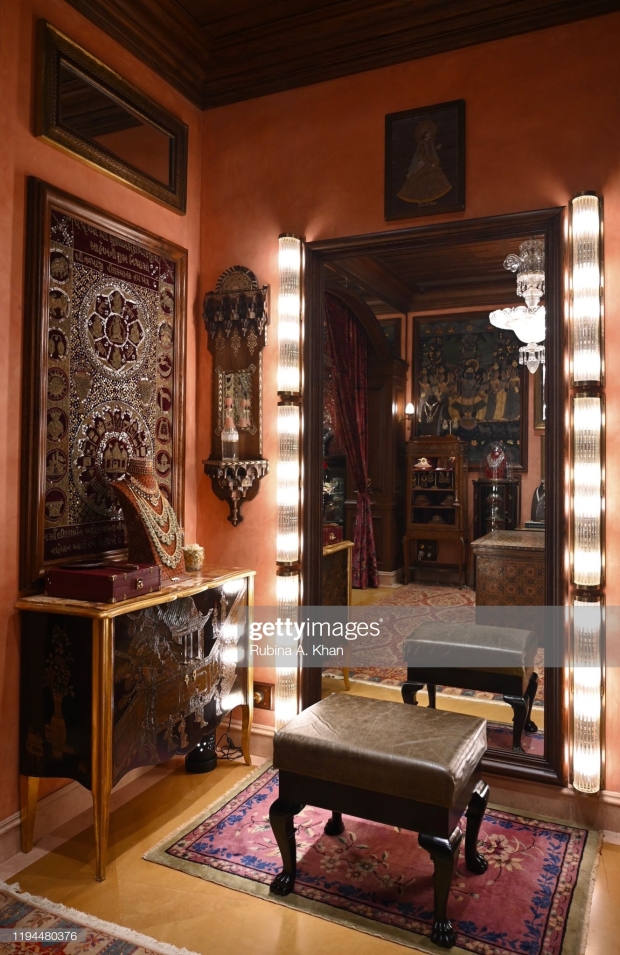
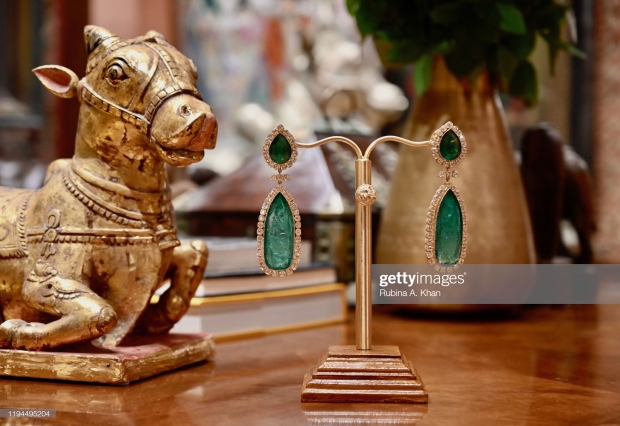
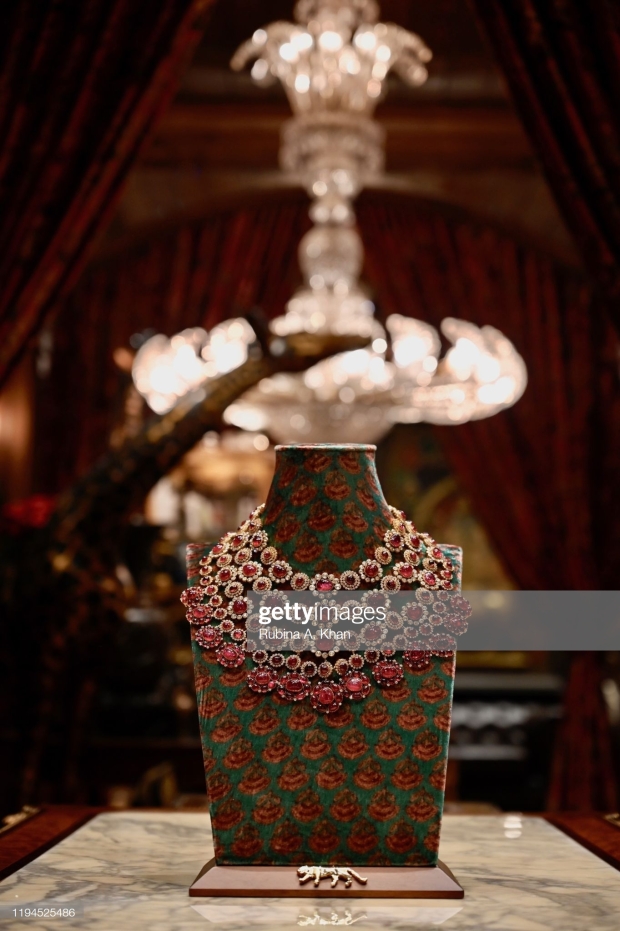
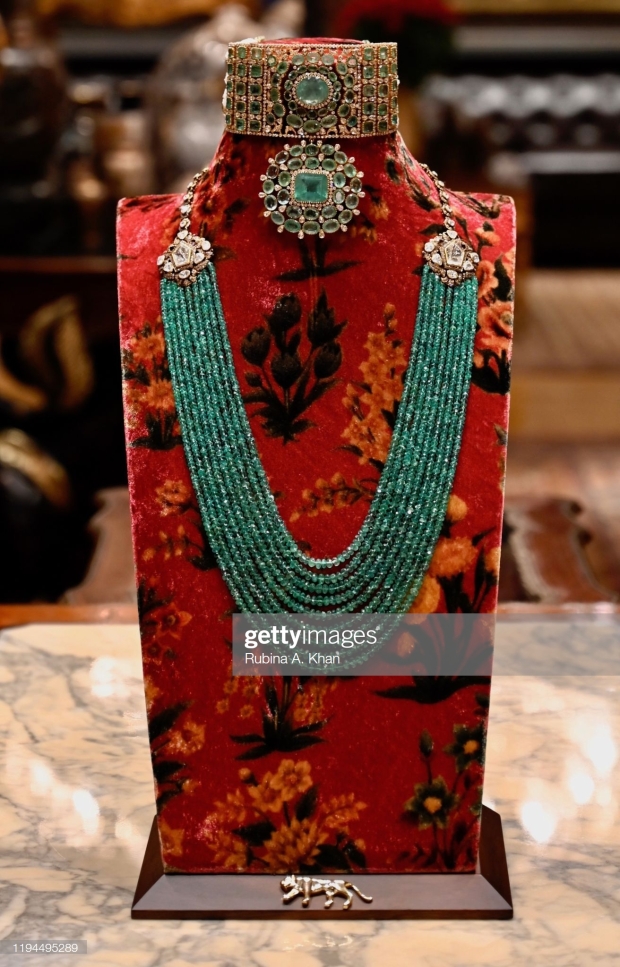

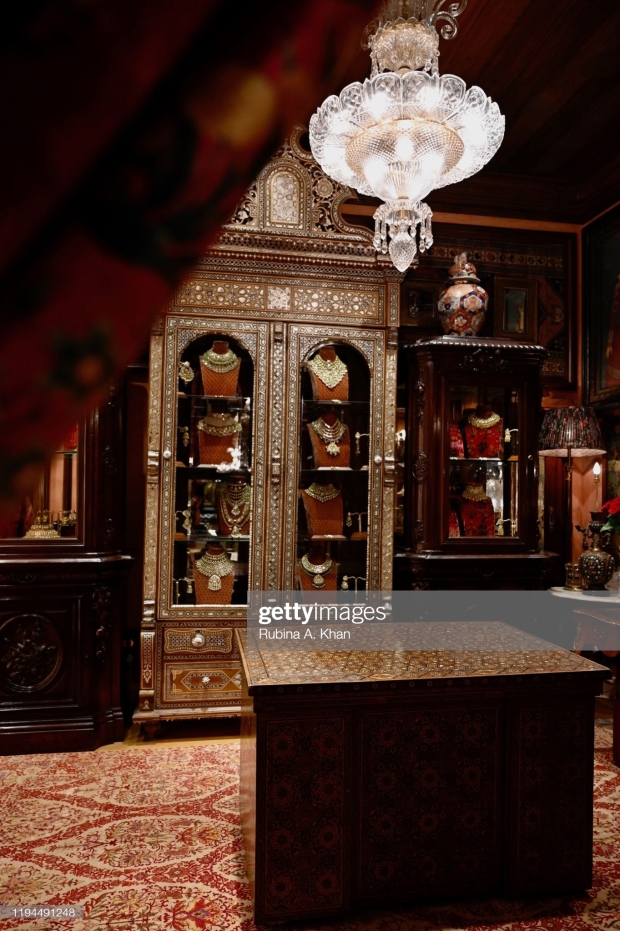
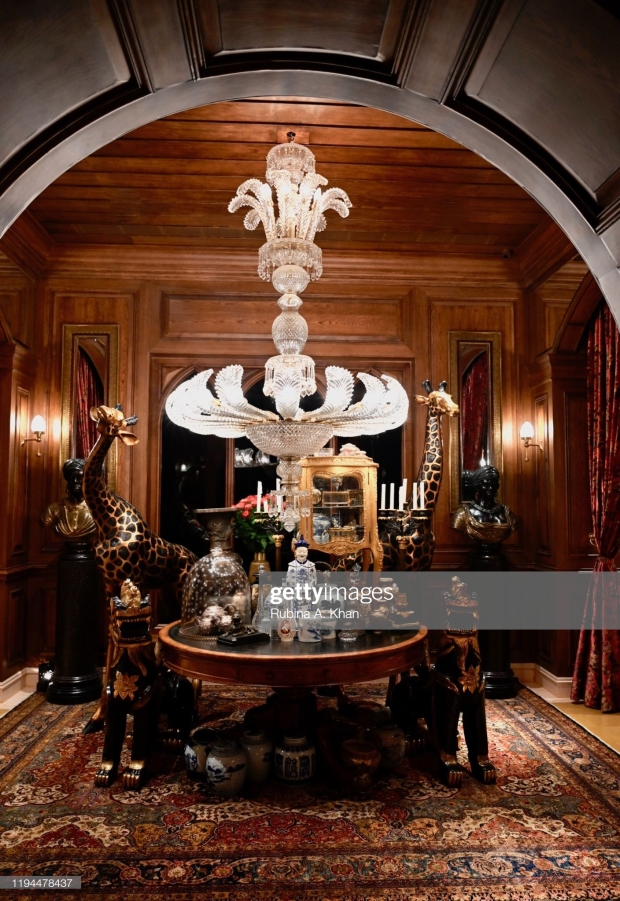
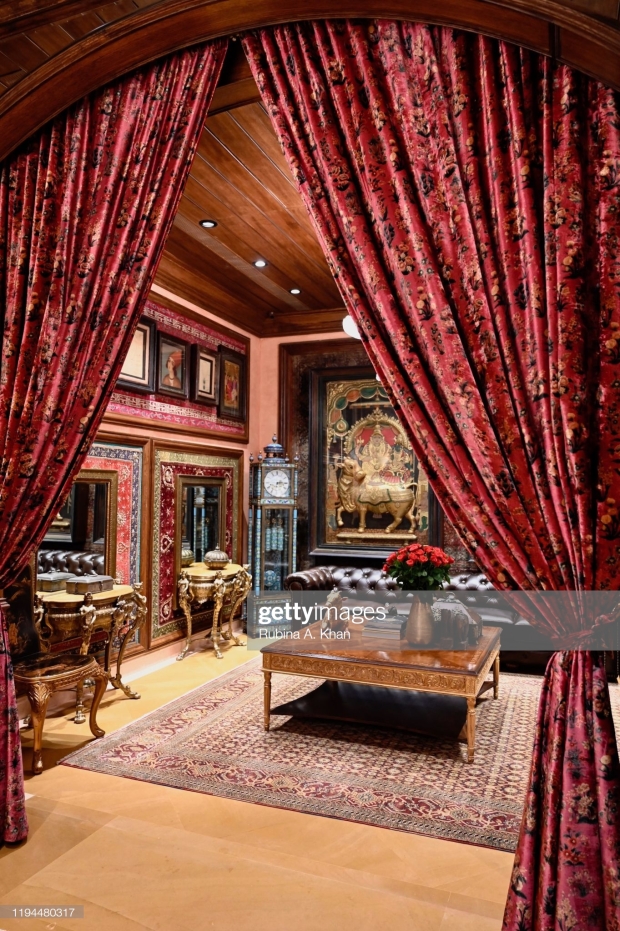
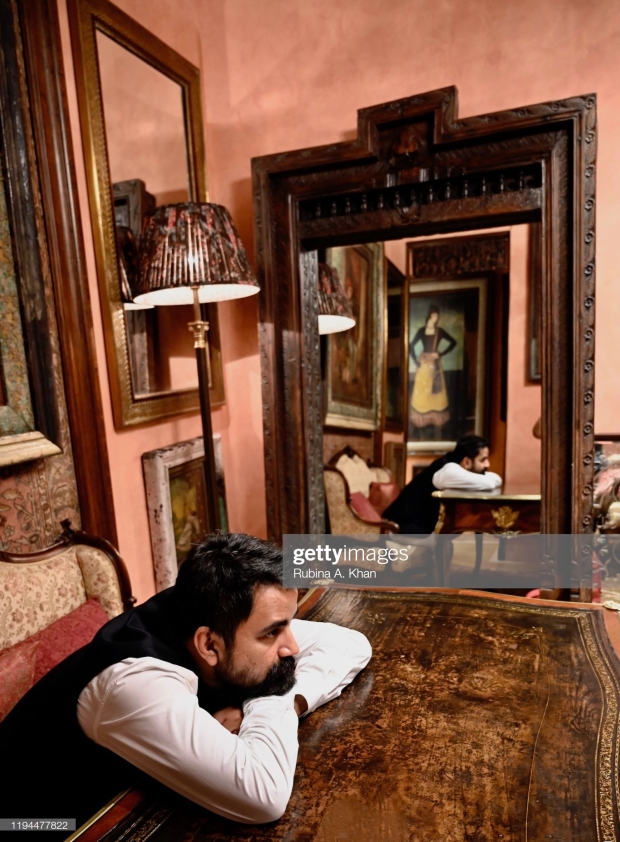
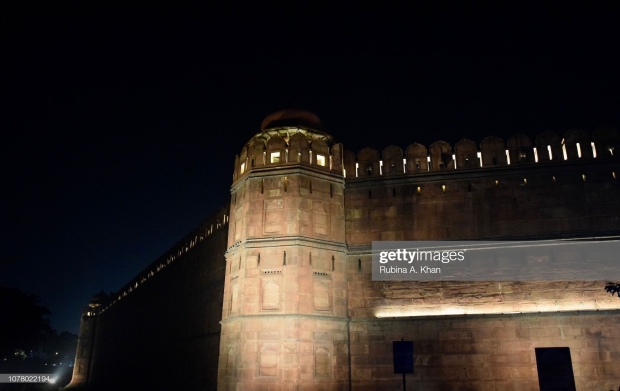
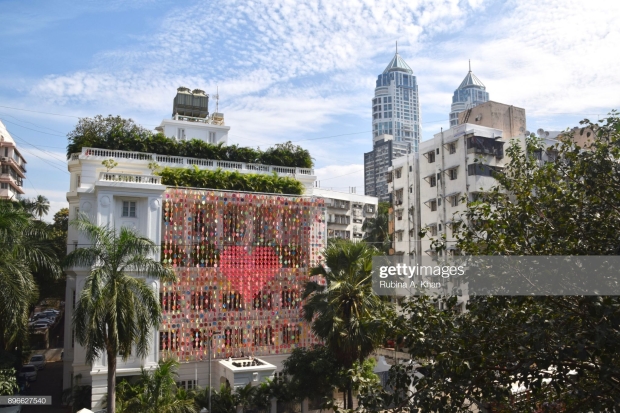
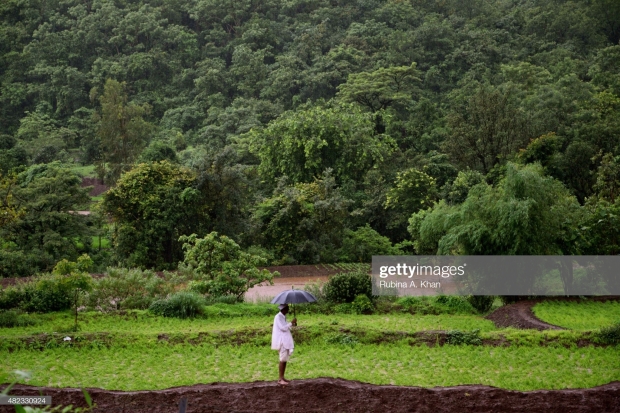



























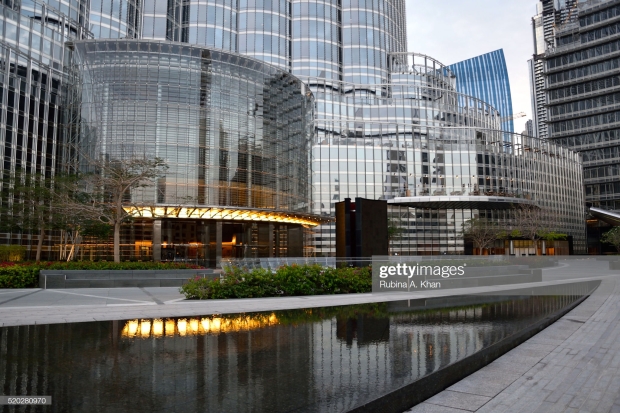
 With all the luxury constructions and developments, there is a new shift in the market of late, that of “aspirational luxury” residences that aren’t remotely luxurious, barring their price points. Priced at 7CR upwards for a 3BHK in the business suburb of the Bandra Kurla Complex in Mumbai, these residences allude to a luxurious lifestyle with cleverly scripted and assertive marketing hype. The insides of these residential towers are at most basic, with a garden path, a swimming pool and some semblance of a gym thrown in, with views of the city’s under-construction skyline off a balcony, masquerading as luxury amenities. Needless to add, it’s a “white elephant” investment for owners as resale inventory is at its lowest and unrealistic rentals dictated by the builder’s team, with few takers, stand testimony to the “mimic luxe” gimmick it’s established on. These kind of constructions need to be reined in, as these will lead to a catastrophically high, over-priced, unsold inventory in the country that will affect consumers far more than the builders.
With all the luxury constructions and developments, there is a new shift in the market of late, that of “aspirational luxury” residences that aren’t remotely luxurious, barring their price points. Priced at 7CR upwards for a 3BHK in the business suburb of the Bandra Kurla Complex in Mumbai, these residences allude to a luxurious lifestyle with cleverly scripted and assertive marketing hype. The insides of these residential towers are at most basic, with a garden path, a swimming pool and some semblance of a gym thrown in, with views of the city’s under-construction skyline off a balcony, masquerading as luxury amenities. Needless to add, it’s a “white elephant” investment for owners as resale inventory is at its lowest and unrealistic rentals dictated by the builder’s team, with few takers, stand testimony to the “mimic luxe” gimmick it’s established on. These kind of constructions need to be reined in, as these will lead to a catastrophically high, over-priced, unsold inventory in the country that will affect consumers far more than the builders.










